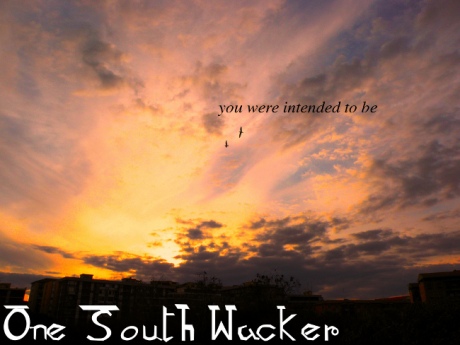Please review this site: http://montanatribes.org (check out the html)
Now consider this:
“The site, Montanatribes.org, which took a year to develop, was funded by UM and the state Office of Public Instruction’s Indian Education Division. OPI and UM split the $60,000 cost to build the site.”
I sent this email to mjetty@mt.gov, kim.lugthart@umontana.edu who are listed as the contacts for the site. I would encourage you to drop them a note as well. If those of us who know better never say anything about sites like this nothing will ever change.
Hello,
I would like to make a couple of comments on the site montanatribes.org. The TGIF newsletter mailed out by the University of Montana said this: “The site, Montanatribes.org, which took a year to develop, was funded by UM and the state Office of Public Instruction’s Indian Education Division. OPI and UM split the $60,000 cost to build the site.”
And honestly I am outraged. This site is completely inaccessible for folks using screen readers. I would encourage you to take a look at this site: http://www.section508.gov. among other things it says this: “Section 508 requires that Federal agencies’ electronic and information technology is accessible to people with disabilities.” That means that you are violating Federal Law.
I have a hard time fathoming the fact that you spent $60,000 on this site that is nearly impossible for even sighted people to navigate and was put together by someone who is obviously not well informed as to the requirements of a federally funded website.



